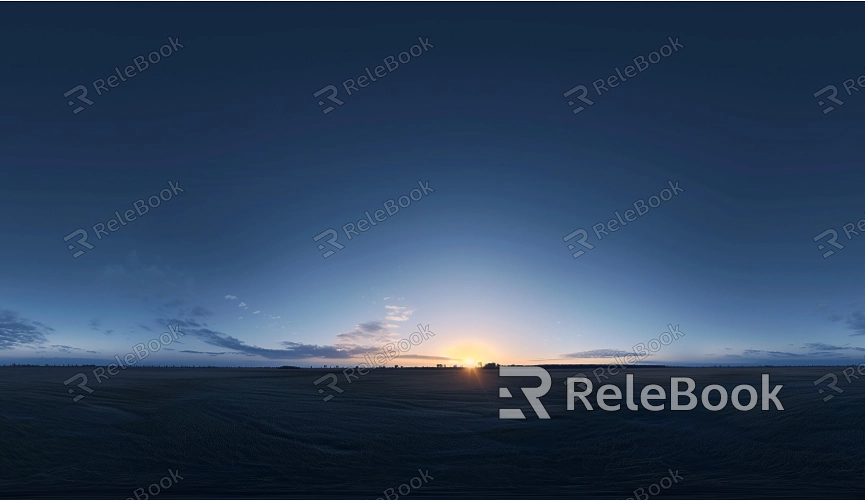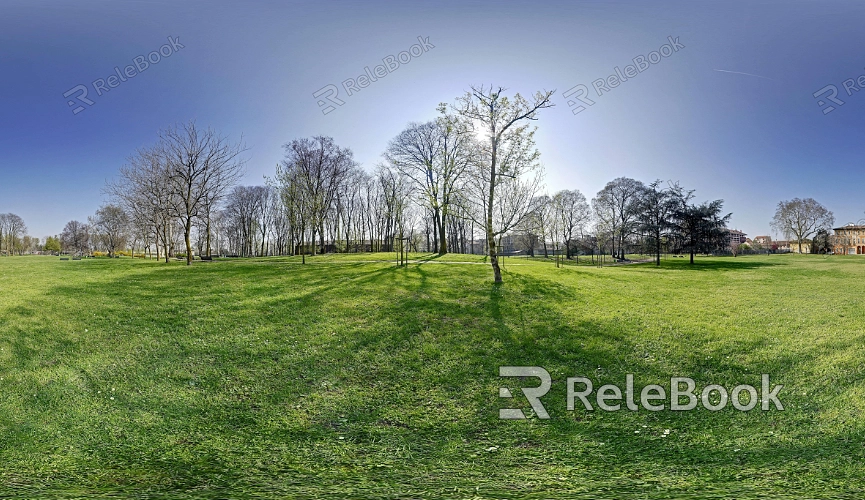When Creating an HDR Image, Use JPG or RAW?
JPG and RAW are two commonly used image formats, each with its own advantages and disadvantages. When creating HDR images, choosing between these formats can impact the final quality and realism of the output. Especially when rendering complex scenes or handling HDR images, selecting the right file format is crucial. This article explores the pros and cons of using JPG versus RAW for HDR image creation and offers guidance based on different scenarios.

1. Basic Differences Between JPG and RAW Formats
JPG Format
JPG is a widely used compressed image format known for its smaller file size and broad compatibility. It can be viewed and edited on nearly any device. However, JPG compression results in some loss of detail and color information, which can be significant in high dynamic range scenes. This loss may lead to a reduction in the overall quality of the final image.
RAW Format
RAW is a lossless image format that retains all the original data captured by the sensor, offering higher dynamic range and color depth. RAW files are typically much larger than JPGs and require specialized software for viewing and editing. Nevertheless, RAW format provides greater flexibility in post-processing, particularly when adjusting exposure and color.
2. Application Scenarios for HDR Image Creation
Rendering Complex Scenes
When rendering complex scenes in 3D software like 3ds Max or Blender, HDR images capture more light detail and color information, enhancing the realism of the scene. Using JPGs for capturing initial images can result in lost details due to compression, particularly in highlights and shadows. Therefore, RAW format is preferable in this scenario as it captures and retains a broader dynamic range, allowing for more precise adjustments in post-processing.
Quick Previews and Sharing
For quickly generating HDR images for previews or sharing, JPG may be more suitable. Its smaller file size means faster loading and easier transfer between devices. While JPGs have a limited dynamic range, they can still produce adequately good HDR effects when fine-tuning is not required.
Animation and Film Production
In animation and film production, the quality of HDR images is often a crucial factor for achieving the final effect. RAW format is especially valuable in these applications because it offers more room for adjustments during post-production. For instance, when needing to harmonize lighting and color across multiple scenes, RAW images provide the flexibility needed to achieve consistent visual results.

3. Performance of JPG and RAW in Post-Processing
Post-Processing JPGs
JPGs undergo compression and processing during capture, leaving limited room for adjustments in post-processing. Significant changes to exposure, white balance, or color can degrade image quality, leading to color banding or increased noise. As such, JPGs are less suited for HDR image processing where fine adjustments are necessary.
Post-Processing RAW
RAW format retains the original image data, allowing for extensive post-processing adjustments. You can easily modify exposure, white balance, and contrast without losing detail or introducing noise. This makes RAW format the preferred choice for creating high-quality HDR images, especially when precise color and lighting representation is required.
4. Overall Considerations: Choosing JPG or RAW
File Size and Storage
If storage space is limited or you need to handle a large volume of images, JPG format may be more appealing due to its smaller file size and easier management. However, if your project demands high image quality and you have sufficient storage space, RAW format is undoubtedly the better choice.
Project Needs and Time Constraints
Balancing processing time and project requirements is also essential. If your project has tight deadlines and does not require extremely high image quality, JPG format may be more practical. Conversely, if time permits and the project demands detailed image quality, choosing RAW format will provide greater creative freedom and adjustment flexibility.
By understanding the advantages and disadvantages of JPG and RAW formats in HDR image creation, 3D modeling and rendering designers can make informed choices that best meet their project needs. Whether you need quick previews or detailed post-processing adjustments, selecting the right format can enhance your workflow and image quality. For high-quality HDR image resources, 3D textures, or models, Relebook is a platform worth exploring. Relebook offers a rich collection of resources to help you achieve professional-grade rendering effects with ease.

